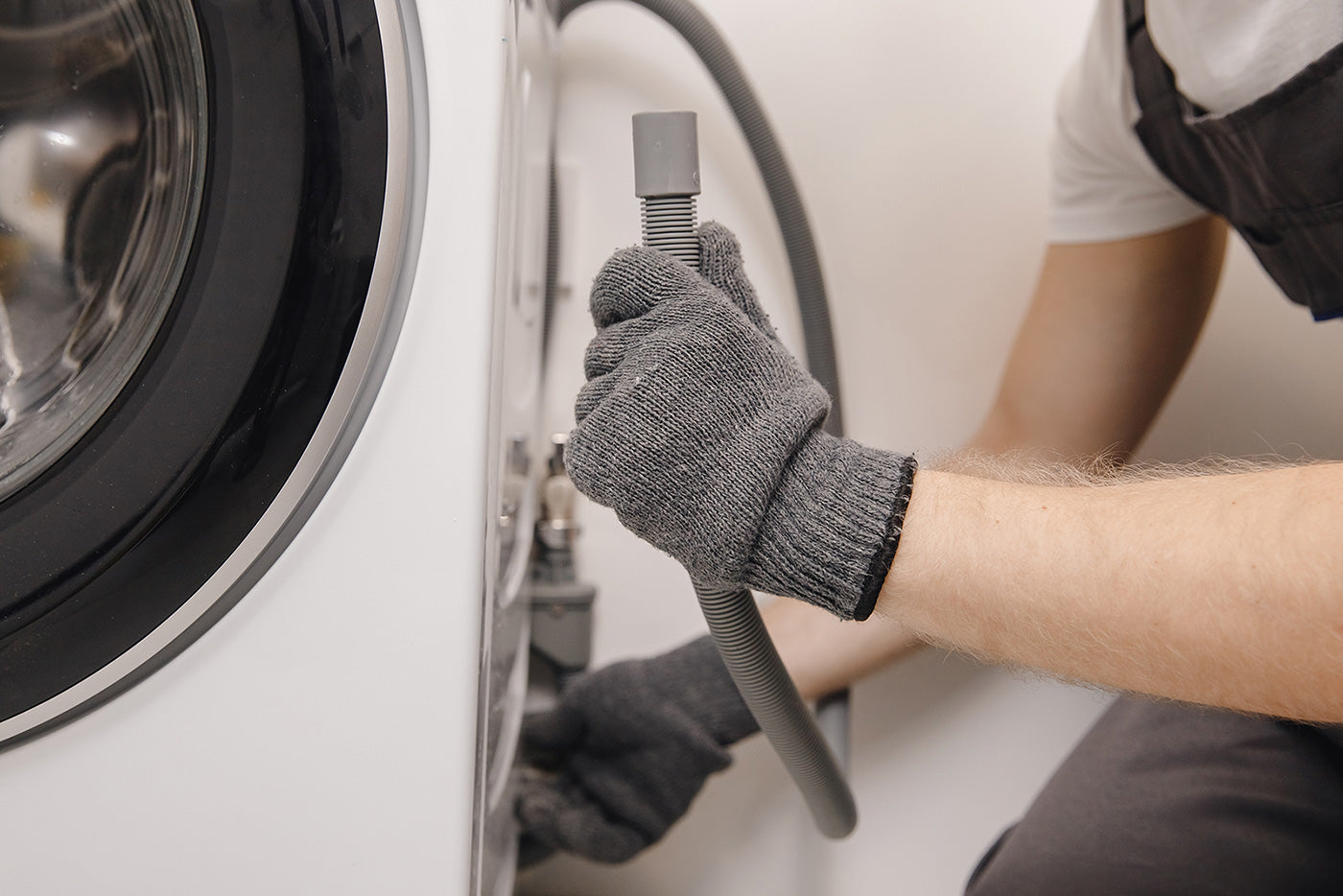Looking to upgrade your washing machine soon? Or are you planning a house move and would like to bring your reliable appliance along? In any case, you’ll need to know how to disconnect your washing machine safely.
Fortunately, the procedure is fairly easy. Our helpful guide on properly disconnecting washing machines has been put together to help. However, you will need to ensure precautions are taken so you can prevent a shock or a slippery surface.
It goes without saying that All Your Appliances provides washing machine installation services, which can also include taking out and recycling your old appliance. So, you can rely on us if you don't feel comfortable doing it yourself!
Useful Tools
Although there are no specialist tools required, the below list will help make the task easier:
- Adjustable pliers
- A screwdriver
- Waterproof gloves
- A couple of buckets
- Towels or cloths
With the aid of these tools, you can disconnect the hoses and collect any water before it spills across the floor.
Step-by-Step Guide
1. Check for pipes
In order to determine whether the water pipe or pipes from your washing machine are connected to the plumbing in your sink, open the cabinets next to it. Some washing machines might be like this, but the majority will have two distinct pipes close to the back of the machine. The water pipe that connects your washing machine to the sink plumbing will have a tap on it where you can turn off the water supply.
2. Move your washing machine
Turn off your washing machine if you can reach the power outlet where it is plugged in. Now open the washing machine door, slide the machine in your direction by placing both hands beneath the top of the door opening. To gain access to the washing machine's back, swing 45 to 90 degrees to the left or right.
3. Switch off electric and water
If you haven’t been able to already, turn off the washing machine if the power supply is located behind. Next, find the water supply pipe. Older machines will have a red and blue pipe connected to cold and hot water pipes. A single grey pipe is usually connected to the cold water supply in more recent washing pipes - turn off at the connector.
4. Disconnect the machine
Place a few buckets to capture water at either end of the water pipes and some towels to place on the floor to catch any spilt water before disconnecting a washing machine. The washing machine's water pipes should now be gently unscrewed and placed in a bucket. To aid in the removal of water, hold the pipe up and wiggle.
5. Ensure drain pipe is empty
Proceed to empty the drain pipe or hose, which is normally positioned in an outlet pipe adjacent to the water pipe supply. Now that your washing machine is unplugged, you can move it.
Moving the Washing Machine once disconnected
Now you have removed your washing machine and are ready to move it either to a new home, location or outside ready for the scrap man. Check the tips below to ensure you transfer your washing machine safely and securely:
Get an extra pair of hands (and body).
Getting help when moving a washing machine is crucial because these appliances are large and heavy. Ask a friend or family member to help you move the appliance if you are doing it alone without professional assistance.
Make use of a sack truck.
To make moving the washing machine easier, place it on a sack trick. Ensure that straps are used to fasten the appliance in place. Tilt the machine. Move the washing machine onto the sack truck using your legs rather than your back to avoid getting hurt.





